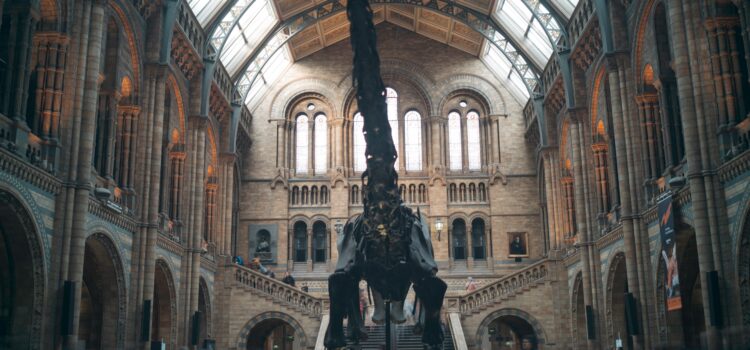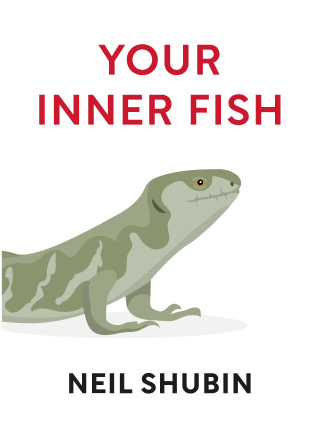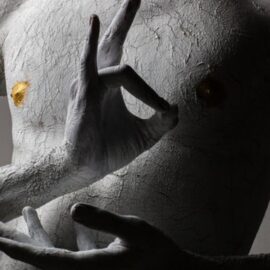

This article is an excerpt from the Shortform book guide to "Your Inner Fish" by Neil Shubin. Shortform has the world's best summaries and analyses of books you should be reading.
Like this article? Sign up for a free trial here .
What do fossils tell us? How can fossils help explain how humans and other creatures evolve over time?
Discovering fossils is an incredible scientific endeavor, but the next step is to ask “what do fossils tell us?” It turns out that fossils can tell us quite a lot.
So what do fossils tell us? Keep reading to find out.
What Do Fossils Tell Us? Clues to Human Development
What do fossils tell us? Fossils are one of three major types of evidence for how human bodies developed and how they work; the others are embryos and genes.
To understand the origins of land animals and their connection to humans, Shubin set out to find evidence of the first limbed animal, or fish that walked on land.
In 2004, after four expeditions over six years in the Canadian Arctic, he and his team found a fossil skeleton of a transitional creature between fish and land animals. Like a fish, it had scales and fins with fin webbing, but like a land animal, it had a flat head with eyes on top and a neck. Also, the fins contained bones corresponding to salamander-type shoulder, elbow, and wrist joints, giving it the ability to propel itself on land.
The land-fish, called Tiktaalik, is as important to human history as the African hominid fossil Lucy. Through Lucy, we trace our primate history; Tiktaalik tells us our history as fish. The story of the development of human anatomy through small changes over millennia can be read in fossils, as well as in our genes through DNA—starting with our “inner fish.”
So when you ask “what can fossils tell us about the past?” the answer is so much!
A Skeletal Pattern for Limbs
This book shows how scientists can trace bones, teeth, the DNA recipe, and the biological process for building organs from early creatures to humans. These similarities show that the world’s diverse creatures are variations on a theme.
Fish like Tiktaalik carried the pattern or blueprint for our hands and feet, which would continue to develop and be refined over hundreds of millions of years through a progression of fish, amphibians, and reptiles.
For example, in the 1800s, scientists found that nearly all animals with limbs (wings, flippers, bones, or hands) have the same structural limb design, although the shape and size of the bones vary. In this shared limb design, one bone connects with two, which attach to an array of small knucklebone-type “blobs,” which connect to digits.
Tiktaalik’s fin was a primitive version of a limb—a wrist bone with spaces for four other bones. Its hand-like fins likely enabled Tiktaalik to move along the bottom of streams or ponds and flop its way across mudflats.
“What can fossils tell us about the past?” is an interesting question with unlimited answers, as outlines in Your Inner Fish.

———End of Preview———
Like what you just read? Read the rest of the world's best book summary and analysis of Neil Shubin's "Your Inner Fish" at Shortform .
Here's what you'll find in our full Your Inner Fish summary :
- How your hands and feet are like a fish that lived hundreds of millions of years ago
- How the structure of your head can be traced back to an ancient, headless worms
- What parts of your body are uniquely human






